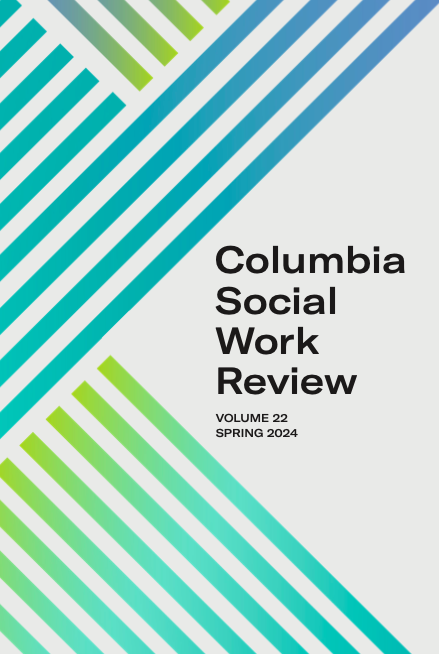Alcohol and Substance Use Among Different Subgroups/Ethnicities of East Asian American Youth in the United States
Main Article Content
Abstract
This reading challenges the prevailing Model Minority Myth perspective which influences the examination of substance use patterns among different subgroups of East Asian American (EAA) youth. A disaggregated analysis of existing literature reveals significant variations in substance use across EAA subgroups. This article explores influencing factors such as acculturation, cultural norms, and peer dynamics, emphasizing distinctions between Chinese Americans, Taiwanese Americans, Korean Americans, and Japanese Americans. Several EAA subgroups show a higher prevalence of cigarette or alcohol use than their white counterparts, a finding normally hidden by the aggregation of Asian American data. These unrealized differences prompt a call for tailored and culturally appropriate treatment approaches. Data shows EAA youth are more likely to not seek treatment or to drop out after beginning treatment (Wang & Kim, 2010 as cited in Ong, 2023). Understanding the typical family dynamics as well as the discrimination faced by EAA communities, including cultural stigma and culture-specific syndromes, plays a crucial role in improving treatment adherence. Additionally, studies of treatment preferences show that implementing family-based programs, outreach efforts, and involving culturally attuned treatment providers is crucial to actively address the unique needs of youth of different EAA subgroups (Lee et al., 2004).
Keywords: substance use, treatment approach, culturally appropriate care, East Asian American, model minority
Article Details

This work is licensed under a Creative Commons Attribution 4.0 International License.

